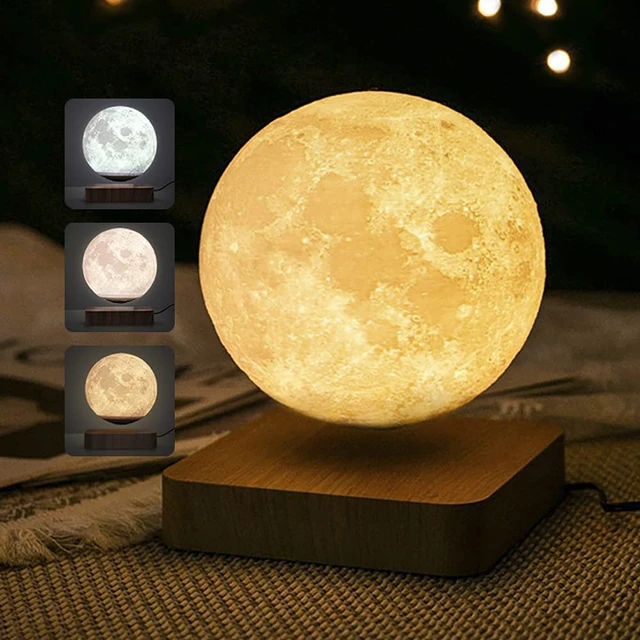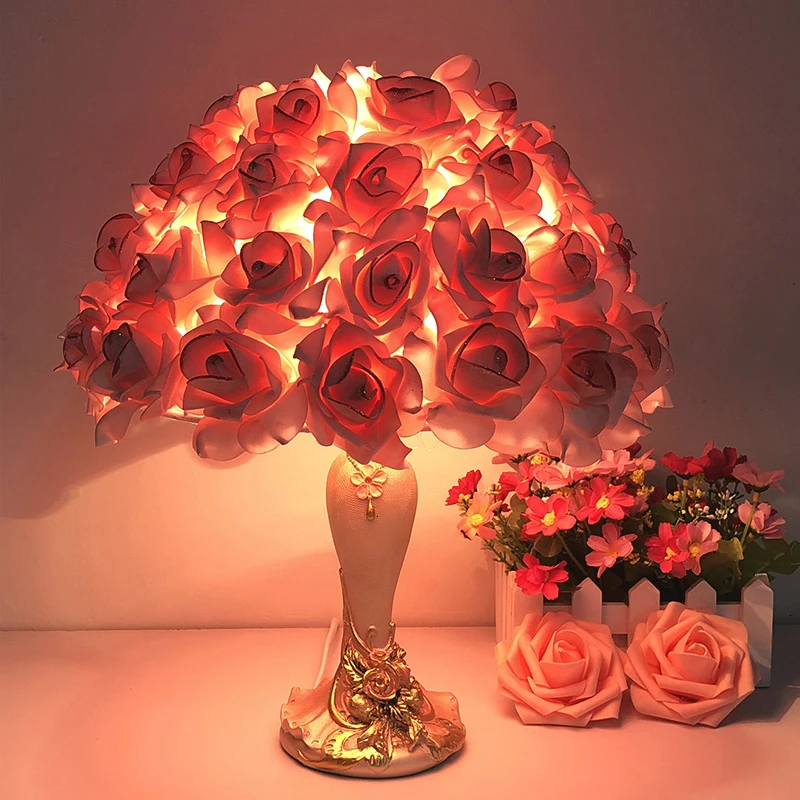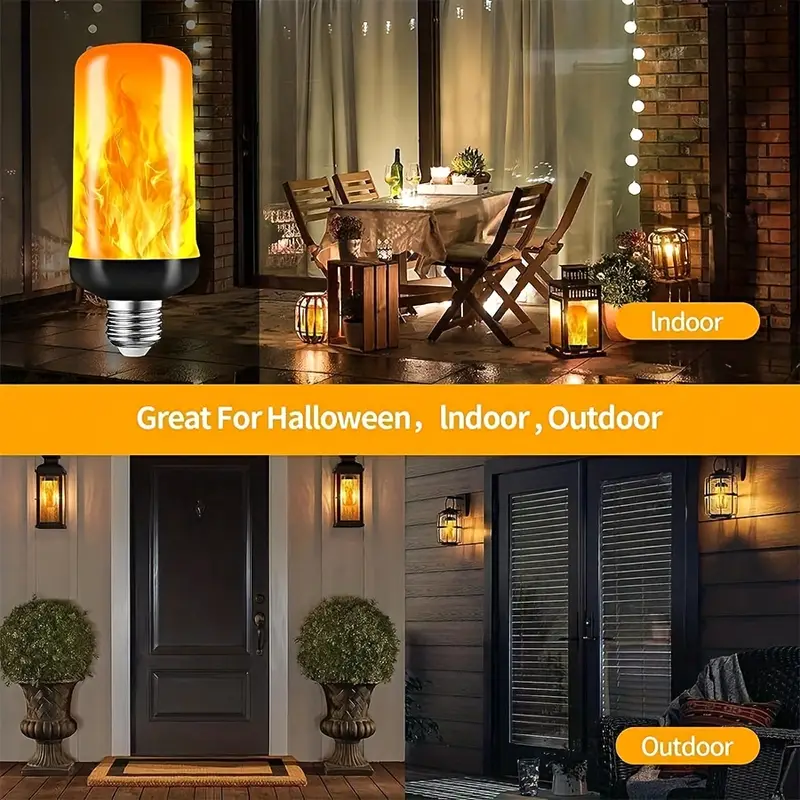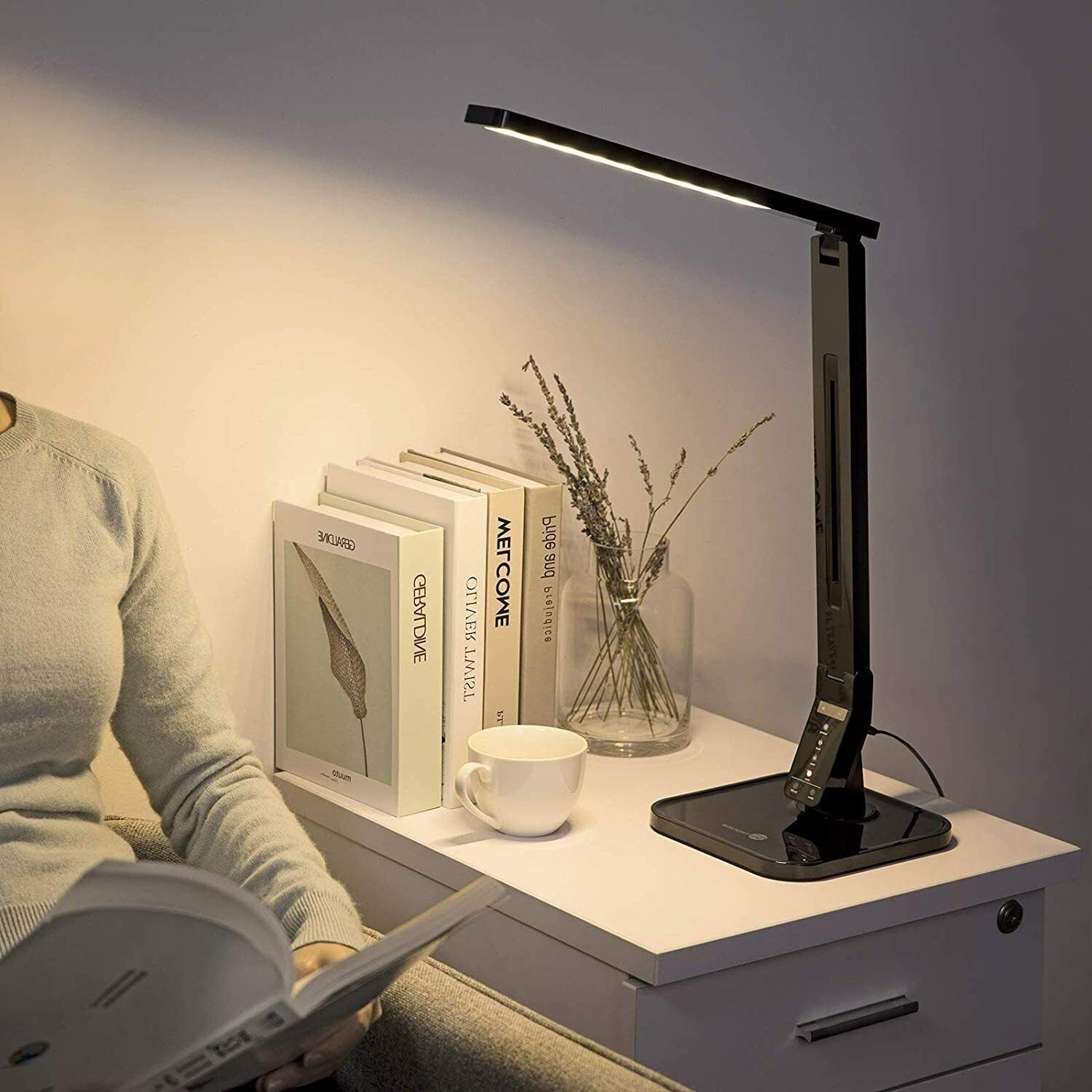In the ever-evolving landscape of home decor and lighting solutions, the Luna Lamp has carved out a unique niche, enchanting consumers with its celestial charm. These lamps, designed to mimic the ethereal beauty of the moon, have seen a surge in popularity, reflecting a growing trend towards incorporating natural elements into interior design.
This article aims to explore the market dynamics, evaluate specific products, and delve into the operational aspects and common queries surrounding Luna Lamps.
Industry-Specific Data and Analysis
The home decor market has witnessed a notable shift towards products that combine aesthetic appeal with innovative technology, and Luna Lamps are at the forefront of this movement. Market research indicates a steady increase in consumer interest, particularly in the context of online sales channels.
The rise of social media platforms and home decor influencers has also played a pivotal role in highlighting these lamps, leading to a broader consumer base. While exact sales figures are proprietary, the volume of search queries and online listings suggests significant market demand and potential for future growth.
Product Spotlight: Luna Lamps in Focus

Standard Luna Lamp: Often featuring a 3D printed design to replicate the moon’s surface, this lamp comes in various sizes, offering a soft, ambient light.
- Advantages include its realistic design and the calming light it provides.
- Disadvantages might be its fragility and the need for careful handling.
Levitating Luna Lamp: A marvel of magnetic technology, this version floats above a base, slowly rotating to give a full lunar effect.
- Advantages are its striking visual appeal and innovative design.
- Disadvantages include a higher price point and potential sensitivity to disturbances in its vicinity.
Smart Luna Lamp: Integrating with smart home systems, these lamps offer features like color temperature adjustments and brightness control through apps.
- Advantages include versatility and convenience.
- Disadvantages may involve setup complexity and reliance on external devices.
Classification and Operational Considerations
Luna Lamps can be categorized based on their operational features (e.g., standard, levitating, smart), size, and lighting technology (LED being the most common for its efficiency and longevity).
Operational Considerations:
- Power Source and Consumption: Most Luna Lamps are USB-powered or battery-operated, emphasizing the need for energy efficiency and ease of use in various settings.
- Material Quality: High-quality, non-toxic materials are crucial for durability and safety, particularly in lamps designed for children’s rooms.
- Placement and Use: Considering the lamp’s design and intended use can guide placement, ensuring optimal lighting effects and enhancing room aesthetics.
Frequently Asked Questions
Consider the lamp’s purpose (ambient light, nightlight, decorative piece) and the size of the room to determine the most suitable size.
While primarily designed for indoor use, certain models may be suitable for outdoor settings. Check the manufacturer’s recommendations regarding weather resistance.
Yes, most are made with child-safe materials and designs, but it’s always best to verify product specifications and safety features.
Conclusion
Luna Lamps represent a confluence of artistic design and functional utility, offering a unique way to bring the serenity of the moon into our homes. Their growing popularity underscores a market trend towards decor that not only enhances aesthetic appeal but also contributes to a calming and inviting atmosphere.
As technology advances and consumer preferences evolve, Luna Lamps are poised for continued growth, illuminating the future of home lighting solutions with their celestial glow.









